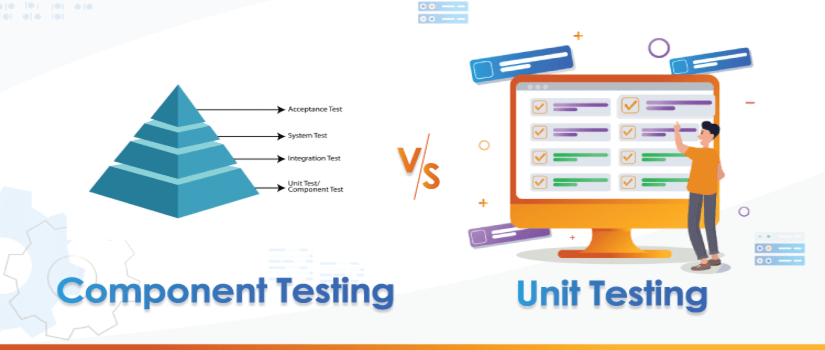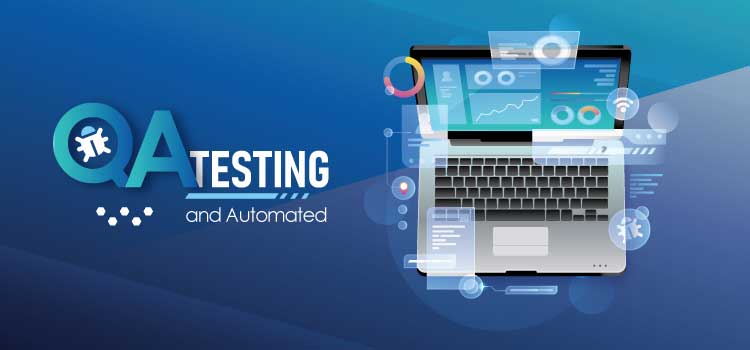Cloud-Native Applications are built and run to utilize cloud computing delivery model. Cloud-Native Applications exist in the cloud. These applications are made up of Microservices housed in containers. The purpose of containers is to allow transfer of application between clouds. A native application utilizes services and infrastructure from cloud computing. The general cloud computing providers are Amazon EC2, Force.com and Microsoft Azure etc. A concise definition would be applications developed using cloud-based technologies.
Cloud-Native Applications run end-to-end in cloud, getting written, tested, and deployed in the cloud using cloud-based technologies and services.
Building Blocks Of A Cloud-Native Application
Cloud-Native Applications are deployed as microservices abstracted to underlying infrastructure and delivered through a DevOps pipeline.
DevOps is the partnership between software developers and IT operations. Its objective is to constantly deliver quality driven application that help resolve customer challenges. Agile allows for continuous development of an application or software and is about shipping small batches of an application to production constantly.
Microservices Architecture is a way of developing applications as sets of independent services (microservices). Each microservice performs a specific function and are all these microservices are independent of each other. The microservices use lightweight HTTP, REST or Thrift APIs for communicating between themselves. Each microservice can be implemented, upgraded, scaled, and restarted independent of other services in the application.
Containers are a form of operating system virtualization. Containers are an executable unit of software in which application code is packaged, along with its libraries and dependencies, in common ways so that it can be run anywhere, whether it be on desktop, traditional IT, or the cloud. Containers are small, fast, and portable because unlike a virtual machine, containers do not need to include a guest OS in every instance and can, instead, simply leverage the features and resources of the host OS.
Ref: https://www.netapp.com/us/info/what-are-containers.aspx
Advantages of Cloud-Native Applications
Cloud-Native Applications provide agility and portability across cloud environments.
Time to Market is becoming significantly important for businesses. Competitive businesses want to reach out to their customers with new applications faster and they want to stay ahead of their competition in applications delivery to their audiences. With DevOps automation across the software delivery process becomes possible. Cloud-Native Applications support DevOps process.
It is important for organizations to meet the ever-changing demands of their customers. First class customer experience demands to experience new features to be readily available and constantly changing as per the need. Cloud-Native Applications allow you to frequently provide your audiences and customers with new updates and features. API integration has made it easier for mobile ready interfaces.
With Cloud-Native Applications the infrastructure needs and efforts get minimized. With Serverless computing platforms you can upload code in the form of functions and the platform runs those functions for you, so you don’t have to worry about provisioning cloud instances, configuring networking, or allocating sufficient storage.
With Traditional legacy applications downtime was a normal thing to occur and fault tolerance was expensive. Whereas with modern cloud-native approaches like microservices architecture and Kubernetes in the cloud, you can more easily build applications to be fault tolerant with resiliency and self-healing built in. Cloud-native microservices helps you achieve higher uptime and thus further improve the user experience.
With legacy applications businesses faced numerous challenges. There was licensing involved and hardware elements to be taken into account. All this was vendor lock in phenomenon and businesses used to get into 3 to 5 years contracts. This was an expensive exercise. Thanks to Cloud-Native Architecture, large companies now have the choice to use a combination of on premise and cloud platforms.
Disadvantages Of Cloud-Native Applications
Downtime
One of the biggest disadvantages of cloud computing is the downtime as it is internet-based. Service outages are always an unfortunate possibility and can occur for any reason.
Security & Privacy
Storing data and important files on external service providers’ space opens up risks, although, best security standards and industry certifications are implemented by these cloud service providers.
Attacks & Breaches
Even the best of the teams face severe attacks and security breaches time and again as every component is online and can be exposed to potential vulnerabilities.
Limited Control & Flexibility
Cloud users have less control over the function and execution of the services which are entirely owned and monitored by the service providers. It certainly limits what customers can do with their deployments.
Vendor migration is not easy
Switching from one cloud vendor to another hasn’t evolved completely and can create difficulties in the migration resulting in additional costs, configuration complexities, and exposing the data.
Key Attributes & Reasons to Adopt In Nutshell
• Not limited to certain public cloud infrastructures.
• They are packaged as lightweight containers and tap into cloud platform’s elasticity which lets them scale better and automatically to accommodate the growing needs.
• Infrastructure management gets easier.
• These Apps are persistent and durable that assures higher availability and are resilient to failures.
• Cloud-native applications are released faster and are low cost.
• They support auto-provisioning and have better end-user experience.
• Cloud-native applications cater to a variety of languages, runtimes, and frameworks and each service of an application is developed using specific framework and language to suit the functionality.
• Lightweight APIs are used for interaction and collaboration based on protocols such as REST, gRPC or NATS.
• They don’t have server and operating system dependencies and are deployed on virtual, shared, and elastic infrastructure that helps them dynamically adjust to the varying load.
• Each service of a cloud-native app follows an independent life-cycle and is managed through Agile DevOps process.
• High-level of automation is required to manage large and complex applications which can be achieved with cloud-native platform.
Conclusion
Cloud computing has been increasingly gaining the popularity and becoming an essential part of most of the organizations. And in order to take full advantage of its working, cloud-native is the go-to platform which can provide the agility that organizations are looking for by enabling hybrid architectures and offering enterprise-level security and governance.
In modern, fast changing markets, the organizations are required to invest in the processes, infrastructures, and architecture for business transformation. The goal is to deliver high quality work with greater agility that this new platform “cloud-native” can take care of.
Cloud-native is currently one of the biggest trends in the software industry and has clearly changed the way organizations think about developing, deploying, and operating their software. Cloud-native computing has brought a new way of implementing scalable and complex systems and these new ideas and concepts will definitely influence and shape the future development.
Even the largest and most conservative organizations are moving some or all of their analytics to the Cloud, given the fact that Cloud platform software market is expected to reach $90 billion by 2020 and the interest in cloud deployments will continue to grow.
Soft Tech Group has taken initiatives in cloud-native hybrid data architectures and delivering enterprise-level software products. Please Contact Us to learn more about our workings in cloud computing and best practices to address the disadvantages of cloud-native applications.











